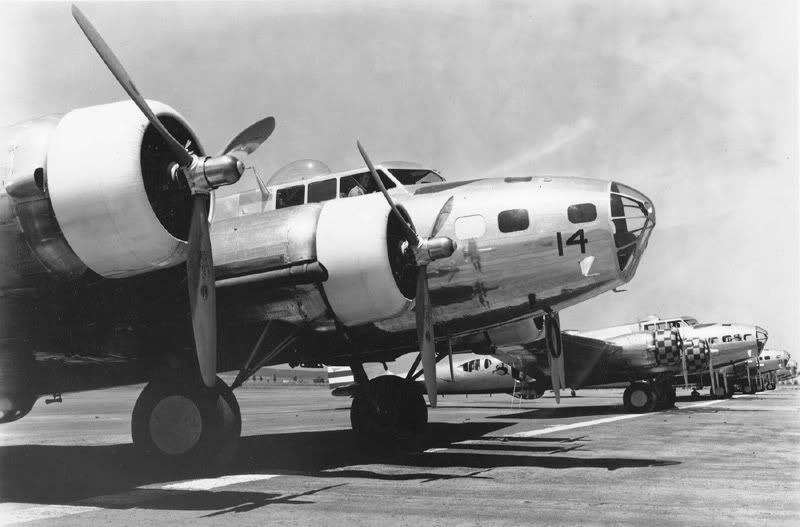Superior Shine
New member
Here is a picture of early B17s (pre Dec 7, 1941)
Look pretty shiny to me.

Look pretty shiny to me.

Follow along with the video below to see how to install our site as a web app on your home screen.
Note: This feature may not be available in some browsers.

reparebrise said:When the planes left the factories they were bare aluminum, but not quite so polished. While in service many proud crews did polish there planes, while others were painted.
reparebrise said:So yes they are polished better than they came from the factory, and with reason, as a well polished surface has less surface area presented to the air to cause oxidation.

Perferd said:When will be posting up about the Aircraft Carrier you polished?
Perferd said:When will be posting up about the Aircraft Carrier you polished?
///SLY said:That'll be after the cruise liner, but right before the space station.
OakesDetail said:Fantastic job! Here I thought moving a car in and out of the garage would be a pain! Looks incredible, I applaud all those who worked on it, doesn't look easy on the back
